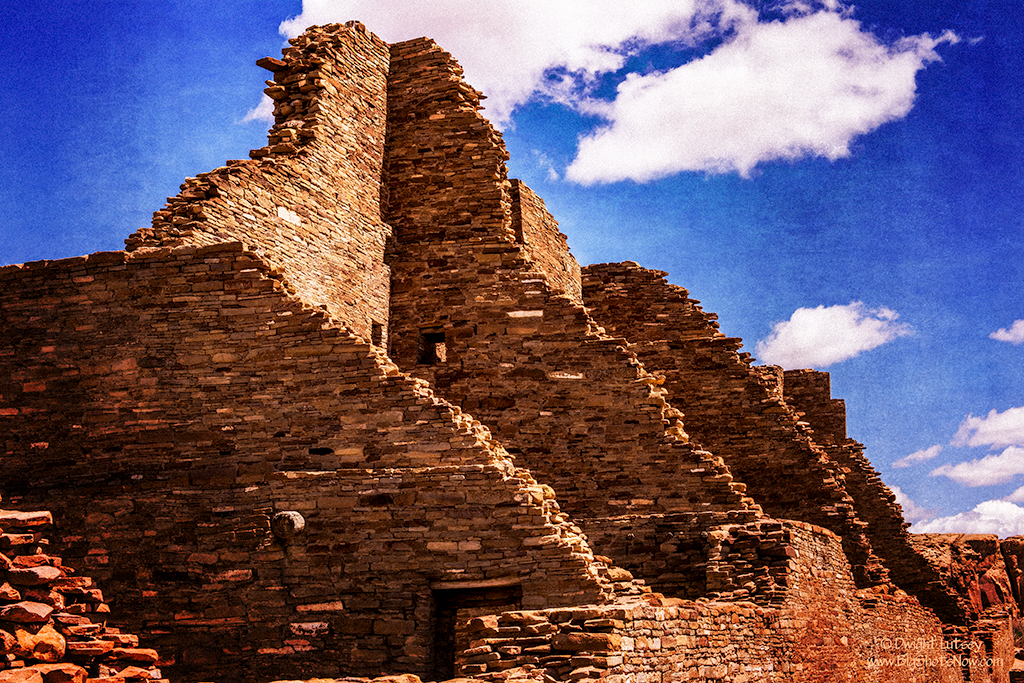
As alert readers you may have noticed a decided lack of fresh new posts with their scintillating images and incredibly succinct prose lately. That’s because The Director here at The Institute said “OK, I’m taking a break. We have not been on one road trip this year and I’m tired of looking at all these Monet’s and Rembrandt’s here in The Institute’s main art gallery. I’m tired of looking at all these first editions in the Presidential library. You can only look up so many words in the Gutenberg Dictionary before it gets to be boring. I want to go out and experience life again amongst things and places that are real. That have relevance in the real world. “So fire up the Bokeh Maru. Load the stores. Find room for the interns and we leave at first light.” The Bokeh Maru as many of you know, is our smaller research vessel and is used primarily for our shorter excursions.
That was it. About a week or so ago we followed the moonlight down the mountain having rigged the Bokeh Maru for silent running so as to not disturb the neighbors and turned her bow South by Southwest. We had two main agendas to complete. First and foremost we were headed to the Gathering of Nations in Albuquerque, New Mexico to attend the largest gathering of Native American tribes in the United States and Canada for a weekend of dancing, competitions, fellowship and fun, (much more on that in future posts) and secondly, we needed to stop and revisit *Chaco Canyon Historical Park, one of the singularly magical places you can visit.
* http://www.bigshotsnow.com/life-and-other-things-of-interest/
* http://www.bigshotsnow.com/la-ventana-de-oro/
It was a brisk morning with the sun just rising and burning off the light fog that covered highway 287. The Bokeh Maru was in rare form wanting to run into the wind as she hadn’t had a real outing since last fall. It was a trial just holding her back to maintain the speed limit. It didn’t help that the interns were frisky as well and had taken to bouncing up and down in the back of the rig just aft of the head causing the Bokeh Maru to wallow and list and nearly raising the front wheels off the pavement. After several admonishments and stern warnings to cease that childish behavior we stopped, tied several of the ring leaders to the back bumper and set off down the road. The anguished cries and sweating faces pressed up against the rear window soon had the rest quieted down and our progress became smooth again.
Our first stop was Chaco. Chaco is a place every human being should visit once in their lives. Not all of you at once of course, but make sure you do it. Check with your neighbors so you don’t all cram in there at the same time. It ought to be in the top ten of your bucket list. Above is an image from Pueblo Bonito, one of the main building sites in the park, there are many more of course, but Pueblo Bonito is the largest building constructed by the ancient ones and feels like it has the most magic.
You can enter into the ruins and wander and sometimes crawl through the small openings from one room into another. Touching the cool walls deep in the recesses of the palace, calling it a palace is no exaggeration by the way, feeling the reflections of past lives pass by you, listening to the quiet that is so deep and profound until the wind finds its way through the passages, rubbing against the cool stone walls to finally brush up against your face, is an experience that cannot be duplicated. TV and movies just don’t cut it, you need to be there. Occasionally you will hear a raven call as it flies high up against the cliff face that stands behind the building it’s plaintive squawking filtering down upon you. This is a special, special place and the feeling you have is not unlike entering a cathedral, the same feeling of exhilaration and profound peace is there.
It was at Chaco that several of our interns wandered off into the desert in search of whatever was in their minds at the time. This happens. We start off with a dozen or so interns and as the trip progresses there is a certain attrition and we come back with fewer if any when the trip is over. That’s why we always take more with us than we need. One word of caution to the potential visitor to the park. You must want, really want, to get there as the last 16 miles of dirt roads will test your resolve. Anything over ten miles an hour will have a disastrous effect on your vehicle. The Bokeh Maru made it without mishap but it let its displeasure be known to us by showing everyone all the new squeaks and rattles and fallen off bits that it incurred during the trip there.
After Chaco we returned to roads that had blacktop and concrete on them and things got easy again. We arrived at the Gathering of Nations without further mishap and although we had been told it was big, we were unprepared for the enormity that greeted us. It was held in the West Pies arena in Albuquerque and the word was thousands upon thousands of visitors attended it. This was probably an understatement as it felt like a lot more. There were over 2800 registered dancers and competitors alone registered for the show. It is almost beyond words to describe the cacophony of color and sound and whirling bodies and drums and singers that assaulted your senses in a good way when you walked into the arena. This was a huge event and we’ll be posting images from it for some time trying to give you some feeling for how it felt to be there.
This is where we lost the rest of our interns. There were only seven or eight left by that point anyway. We should have known better. It was just too overwhelming an event to thrust these young minds into. Occasionally we would see one of our interns out in the middle of the arena floor dancing with abandonment, eyes rolled up into their heads, oblivious to the modern world, then they would be lost in the swirling crowds of dancers on the floor and that would be our last glimpse of them. We were sorry to lose them of course but it did improve the Bokeh Maru’s gas mileage on the trip home.
Soon, as our processing department catches up on the several thousand images taken while we were there we will begin posting them for you viewing pleasure. As always it feels good to make it back to The Institute unscathed, or perhaps just a little scathed. Everything connected to The Institute’s grounds survived our absence and we’re beginning to regroup and prepare for the next excursion. The summer is filled with exciting events to attend and we’ve scheduled many of them. Stayed tuned for details of our travels and adventures. Maybe we’ll see you out there.

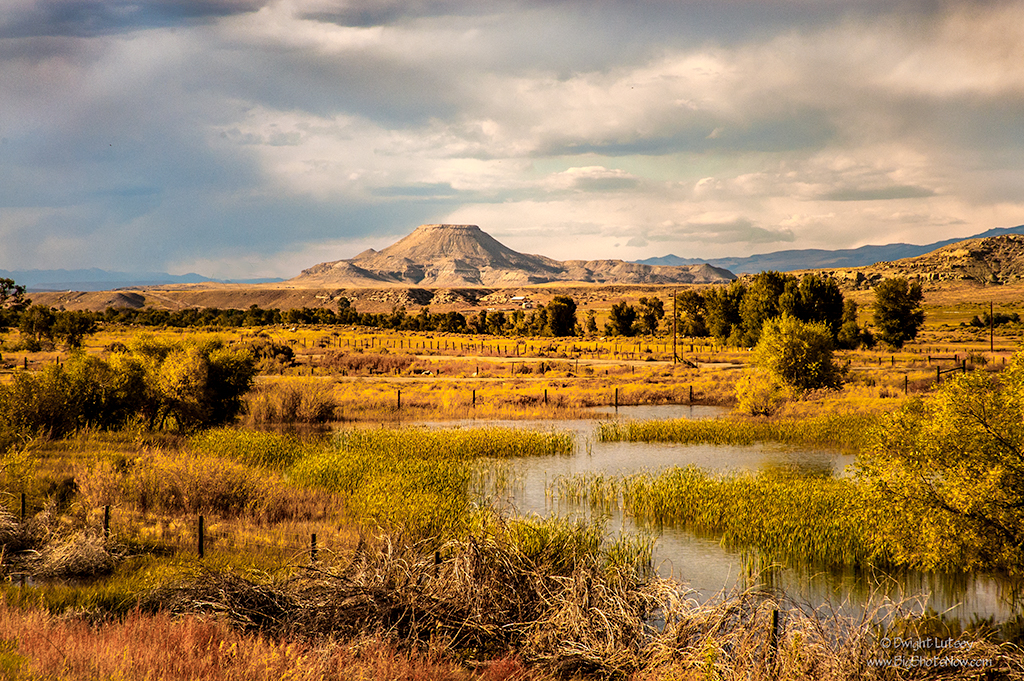
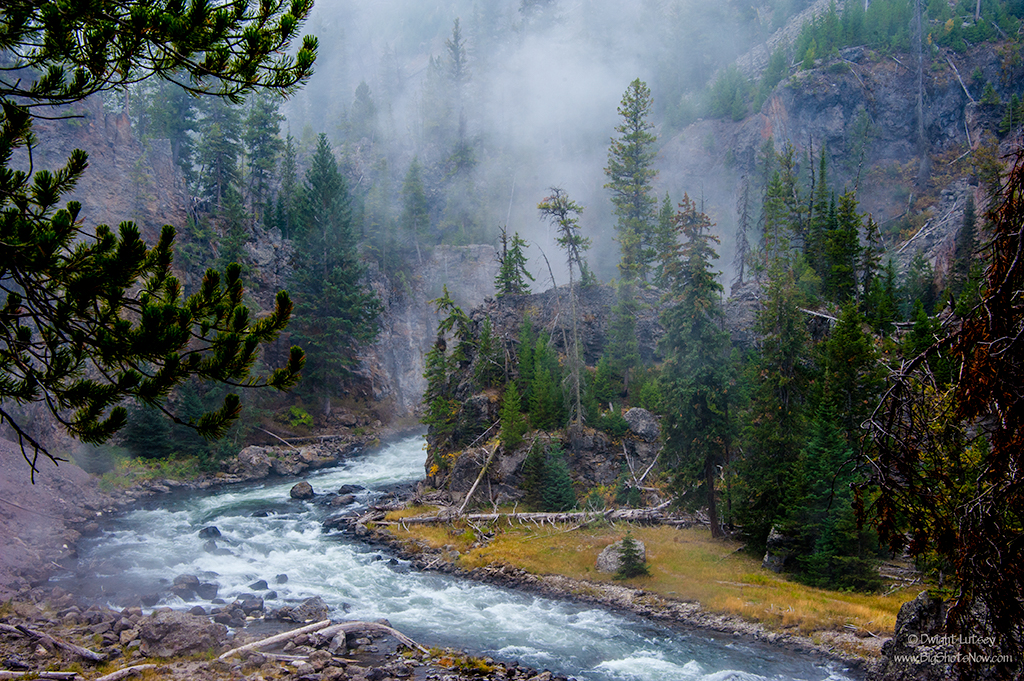
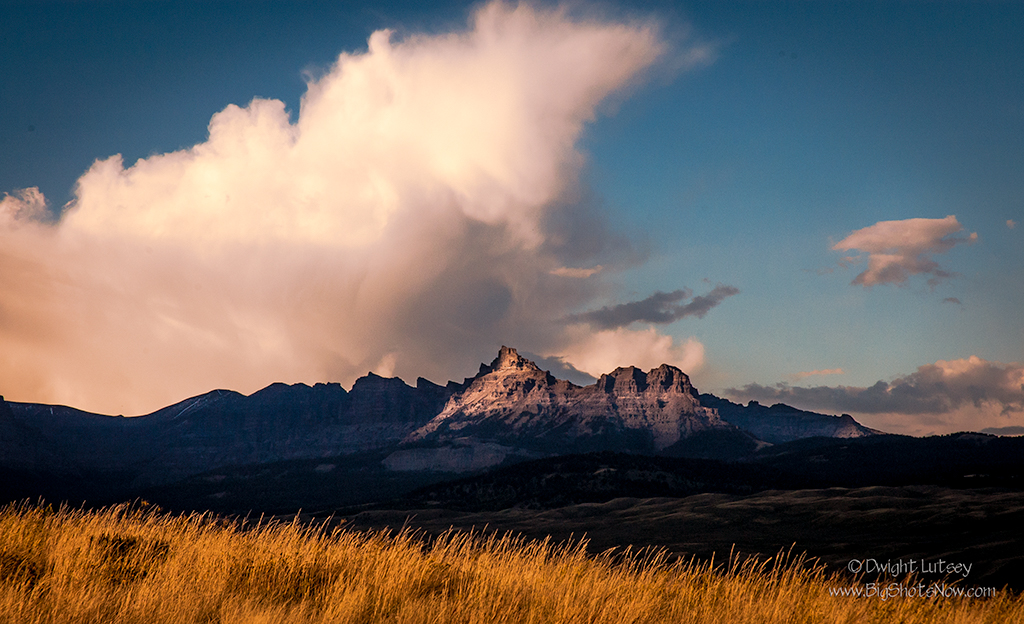
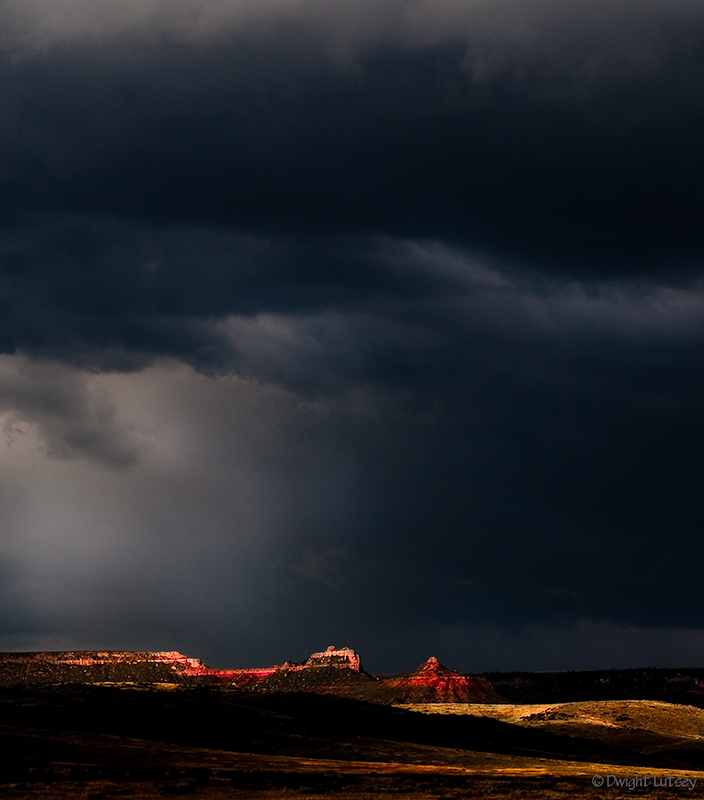
You must be logged in to post a comment.